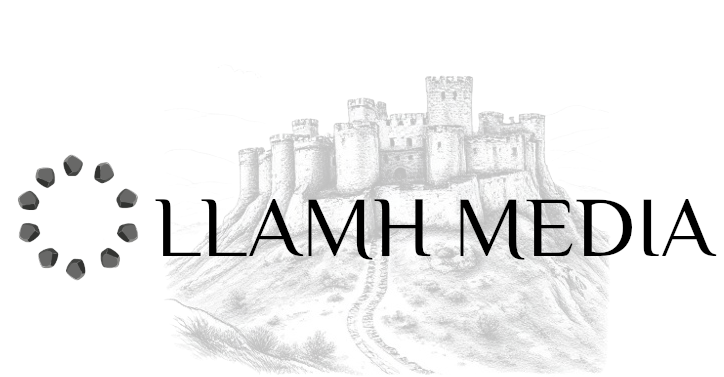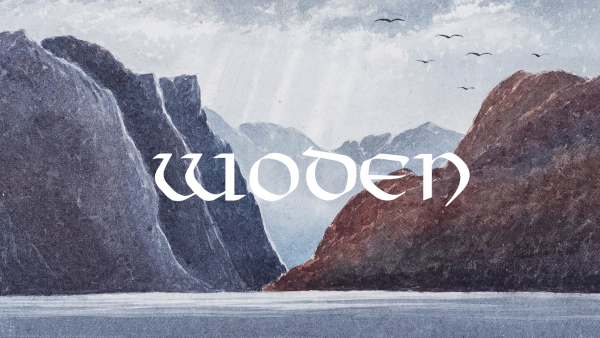Wōđanaz, the Lord of Frenzy, leader of the possessed. The Anglo Saxons knew him as Woden and the Scandinavian tribes knew him as Odin. However, I will use these terms interchangeably. The similarities and crossovers historically observed seem to confirm that when people use any of these names they are referring to the same personality.
For instance, Woden/Odin/Wōđanaz appears as a prominent god throughout the recorded history of Northern Europe. A remnant of this reverence is recognisable within the day of the week ‘Wednesday’, which bears his name in many Germanic languages, including English.
Wisdom, sorcery, poetry, frenzy and the runic alphabet are just some of the things that people have associated with Woden. Though his significance goes beyond.
Who is Woden?
To begin, we can see that all Germanic tribes identified Woden as a patriarch. Thus, the Anglo-Saxons believed that they were his direct descendants. Old Norse sources depict Woden as an enthroned ruler of the gods. We learn from “The Eddas”, that Odin is the son of Bestla and Borr along with his two brothers, Vili and Vé. Odin also fathered Thor and Baldr.
Woden/Odin is frequently portrayed as one-eyed and long bearded, wielding a spear named Gungnir or appearing in disguise wearing a cloak and a broad hat. He is often accompanied by his animal familiars, the wolves Geri and Freki and the ravens Huginn and Muninn who relay information to him from all over Midgard. Woden is said to spend his time seeking all-encompassing knowledge. He even sacrifices one of his eyes in his pursuit. He obtains the Mead of Poetry and provides mankind with the runes and poetry consequentially. In some instances, he gives life to the first two humans Ask and Embla.
The Cult of Woden
The Kings and Jarls and those of a higher rank within society would pay particular reverence to Odin. Thor was more commonly venerated by the lower castes due to his role in farming and fertility. However, Woden an enigmatic wanderer was always searching for knowledge. It makes sense that those who did not concern themselves with the day-to-day struggles of the poor, would consider Odin to be more worthy of praise. The very best of the warriors considered him as the patron leader of battle. Shamanism was another important aspect within the cult. We can see within his name his connection to altered states of consciousness.
The Berserkers are the most infamous members within the cult of Odin. The term “berserker” literally translates to something like “bear-shirt”. These warriors would wear bear skins instead of armour. Another similar group would wear wolf-hides. These men would be initiated by spending extended periods of time in the wilderness, living like the bears or wolves whose name they acquired and skins they wore. In a battle, they would enter a trance like state and become enraged. They would destroy anything upon their path, friend or foe without concern. These warriors were known for burning villages, raping women, and causing mayhem throughout Europe.
Woden, Odin & Wotan
To conclude, we can see the inevitable acceptance of Christianity amongst the Germanic peoples varied and removed the old ways from the thoughts of the Germanic people. Due to this, certain Germanic people groups disproportionately provide us with information regarding the history and mythology of the pre-Christian people who inhabited these regions in Northern Europe. With this in mind, I have attempted to provide a brief synopsis of the archetypal figure known as Woden to the Anglo-Saxons drawing from the available sources.

